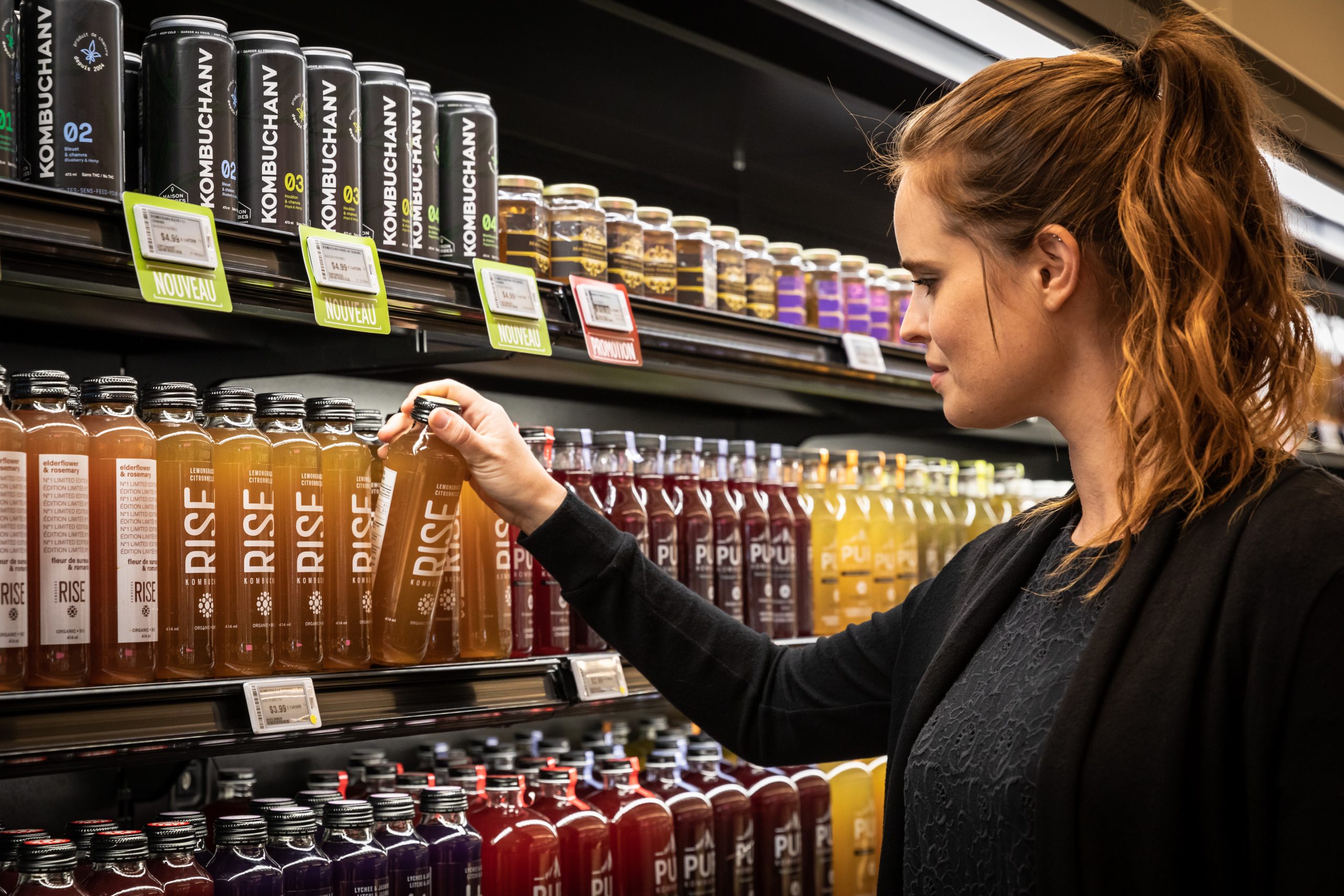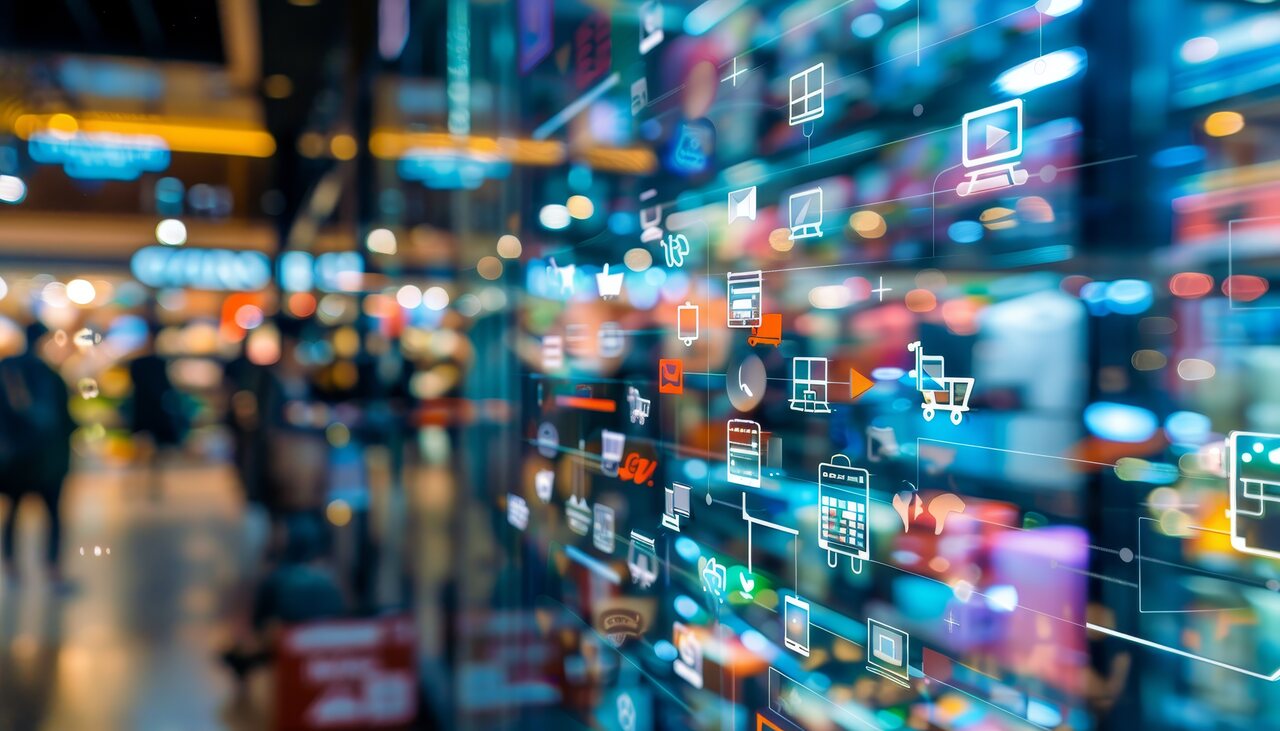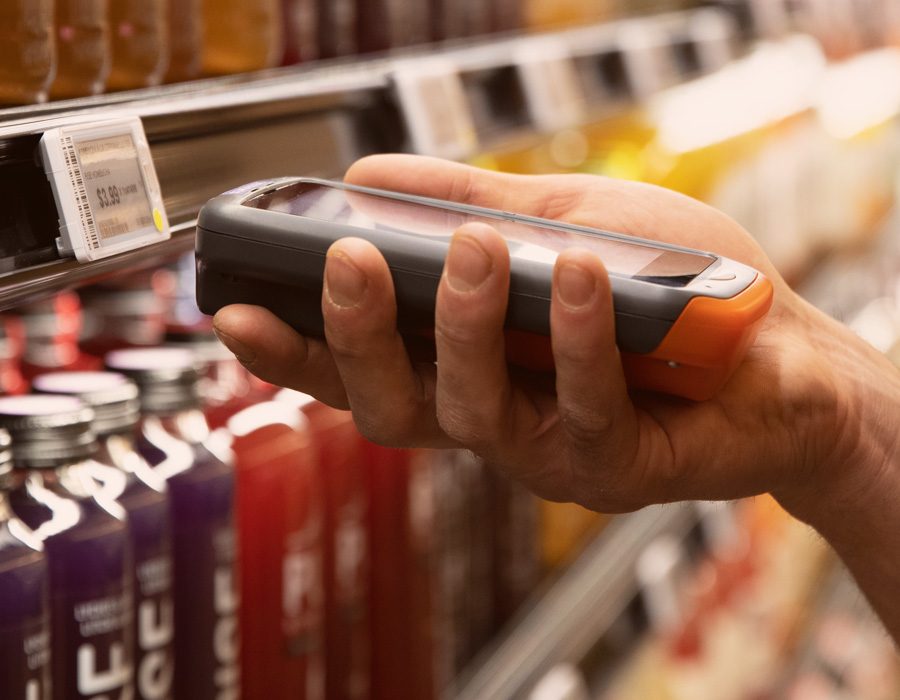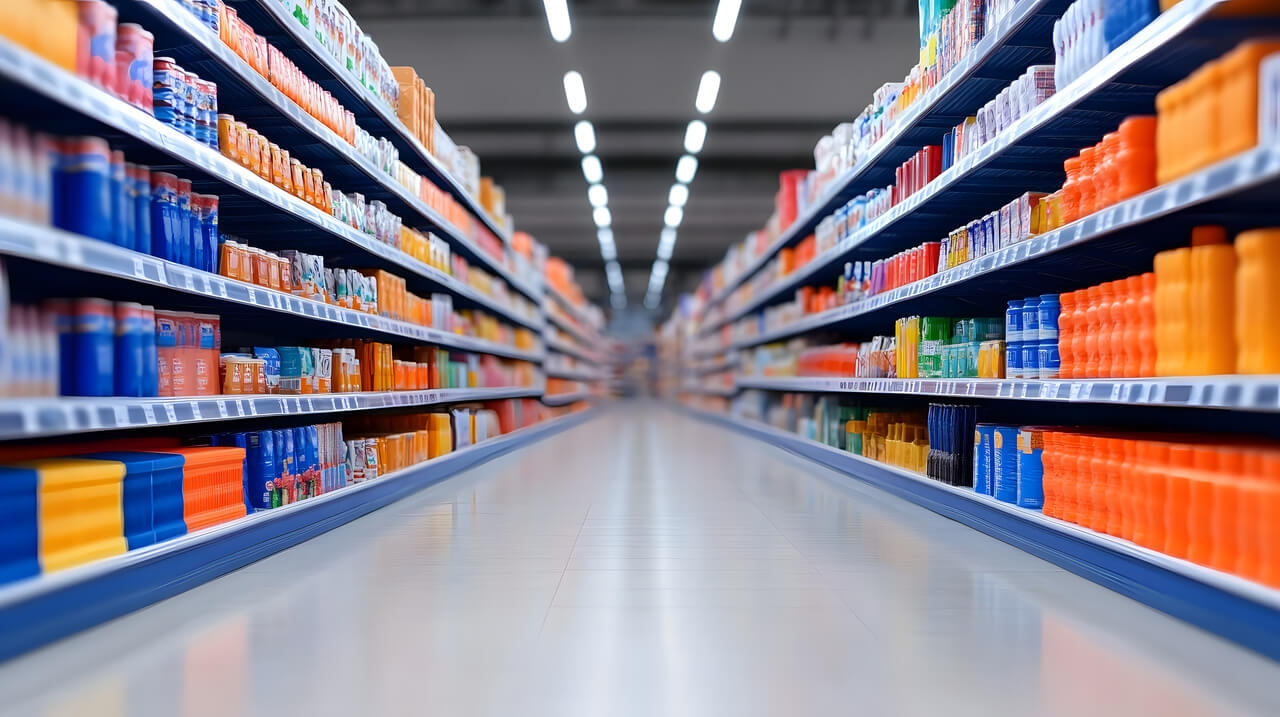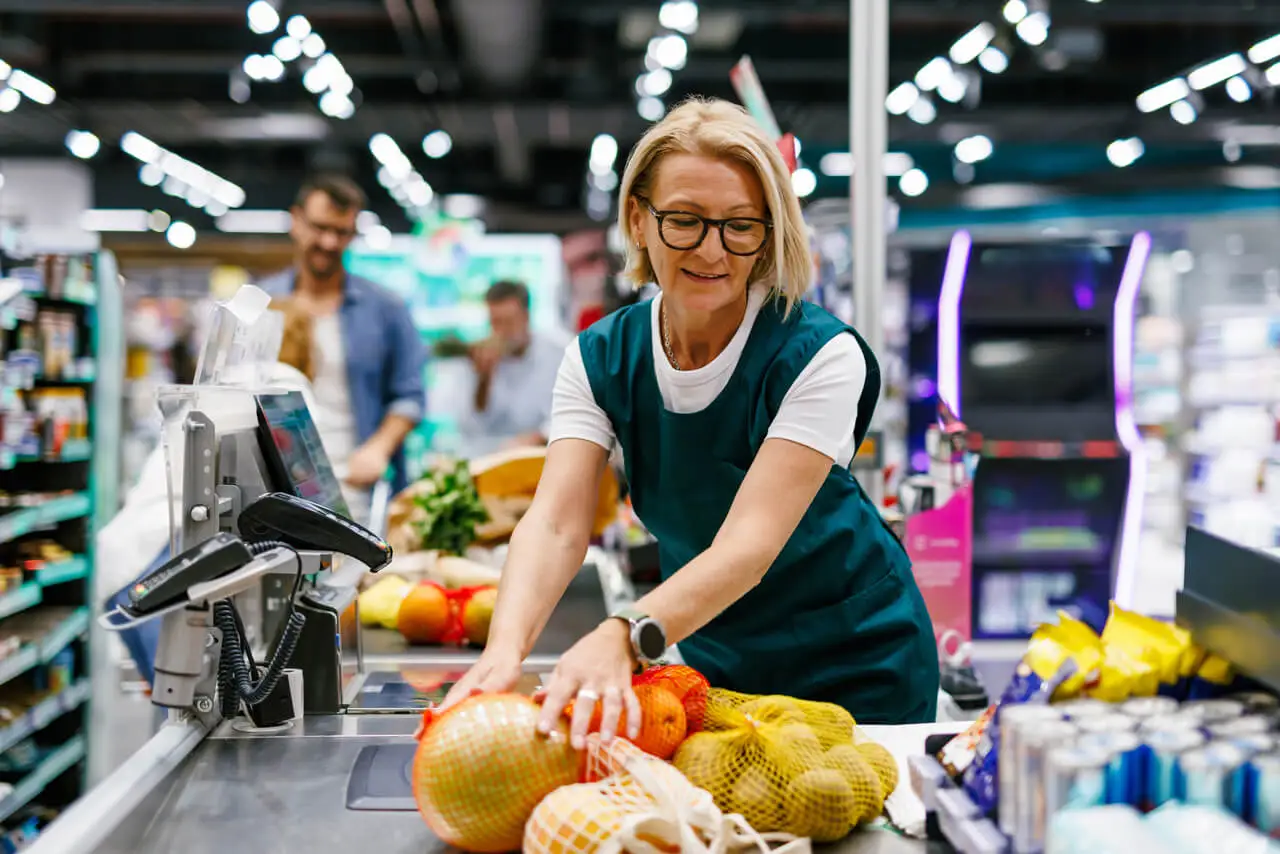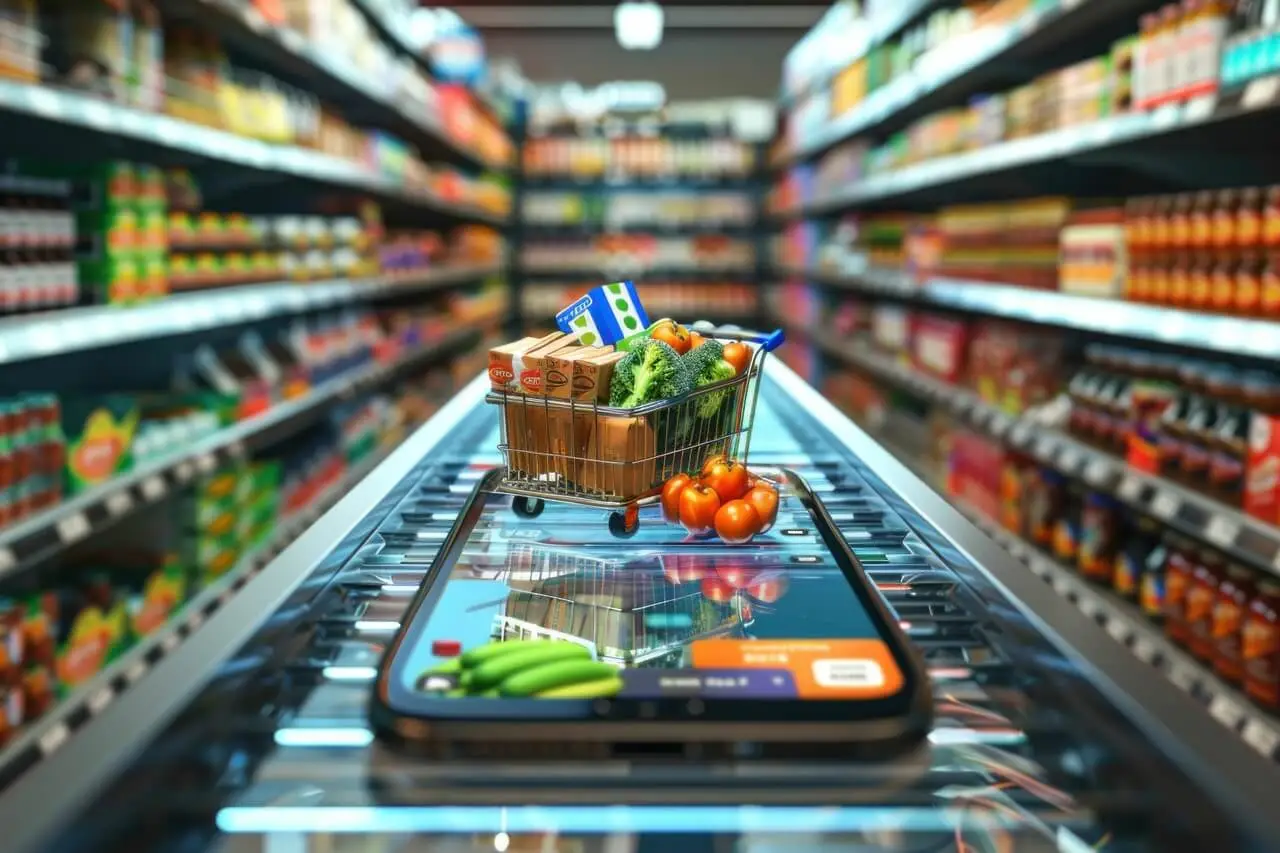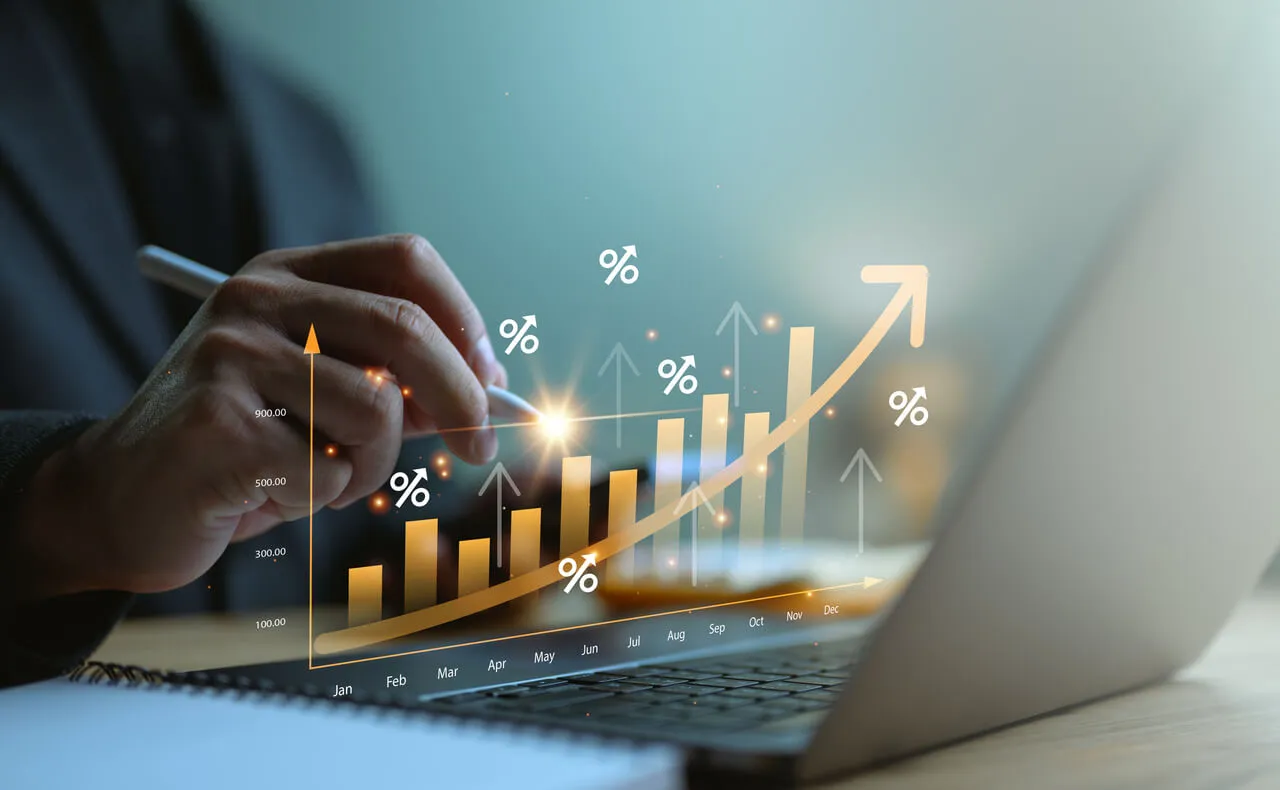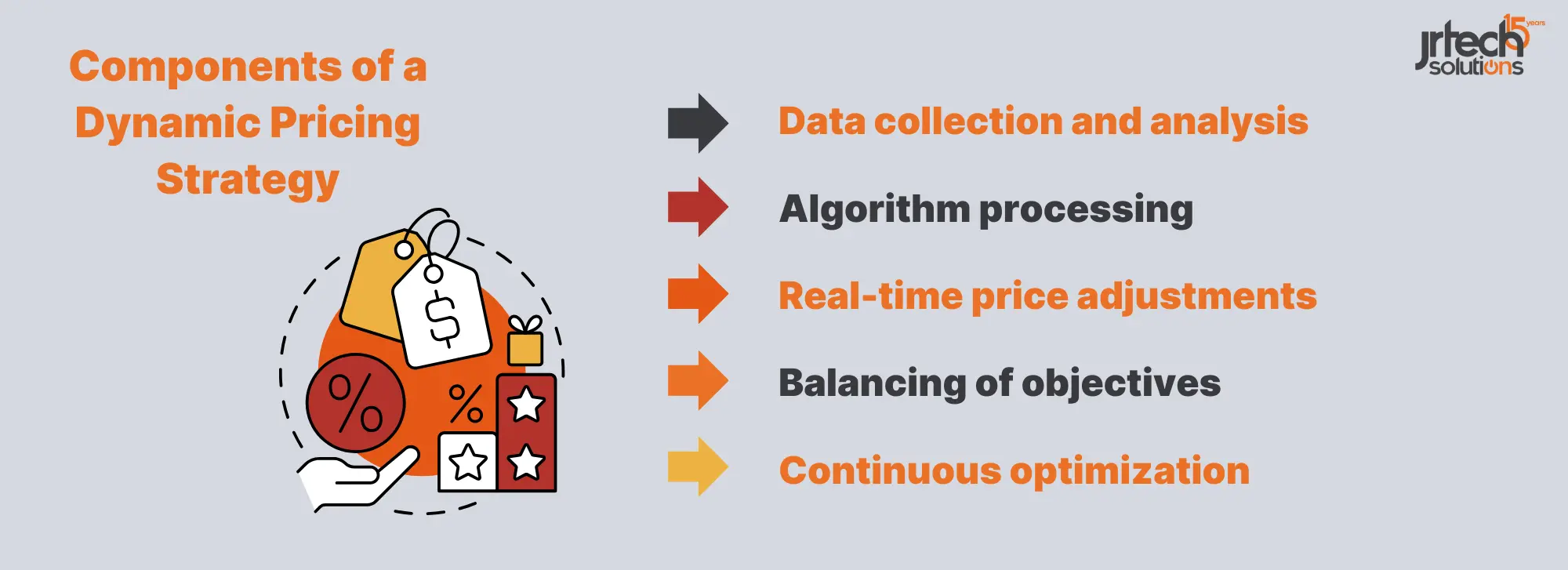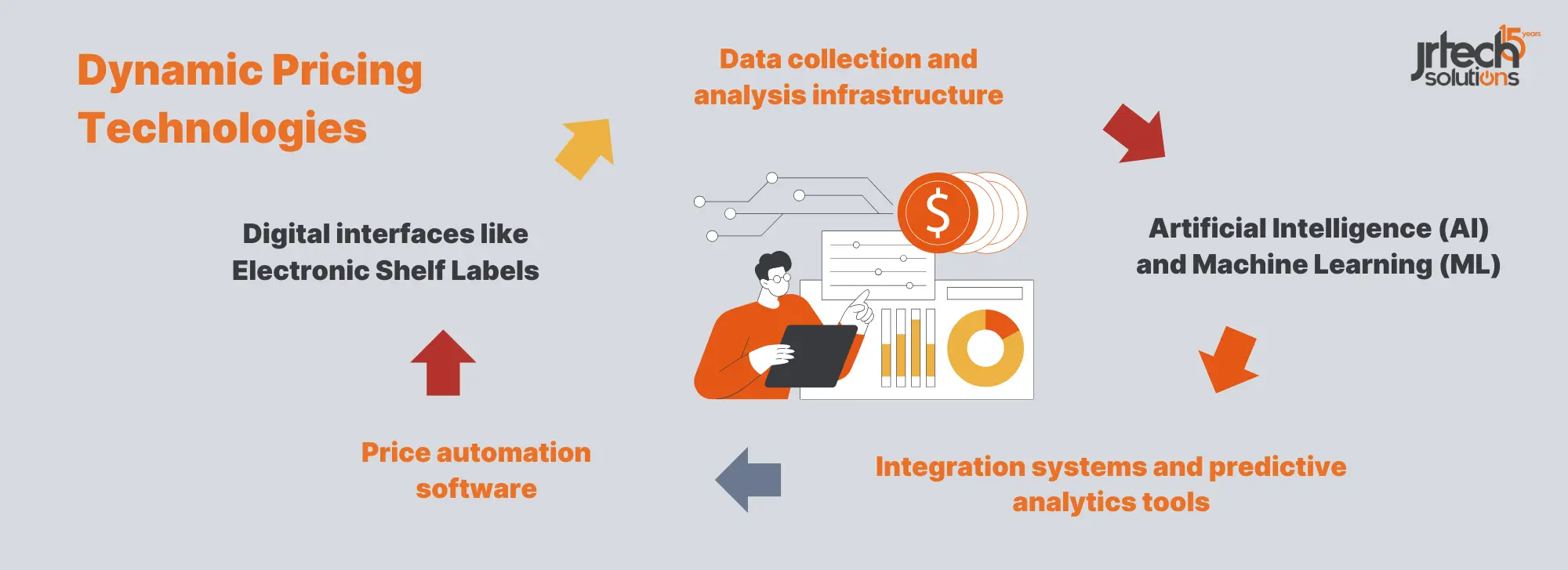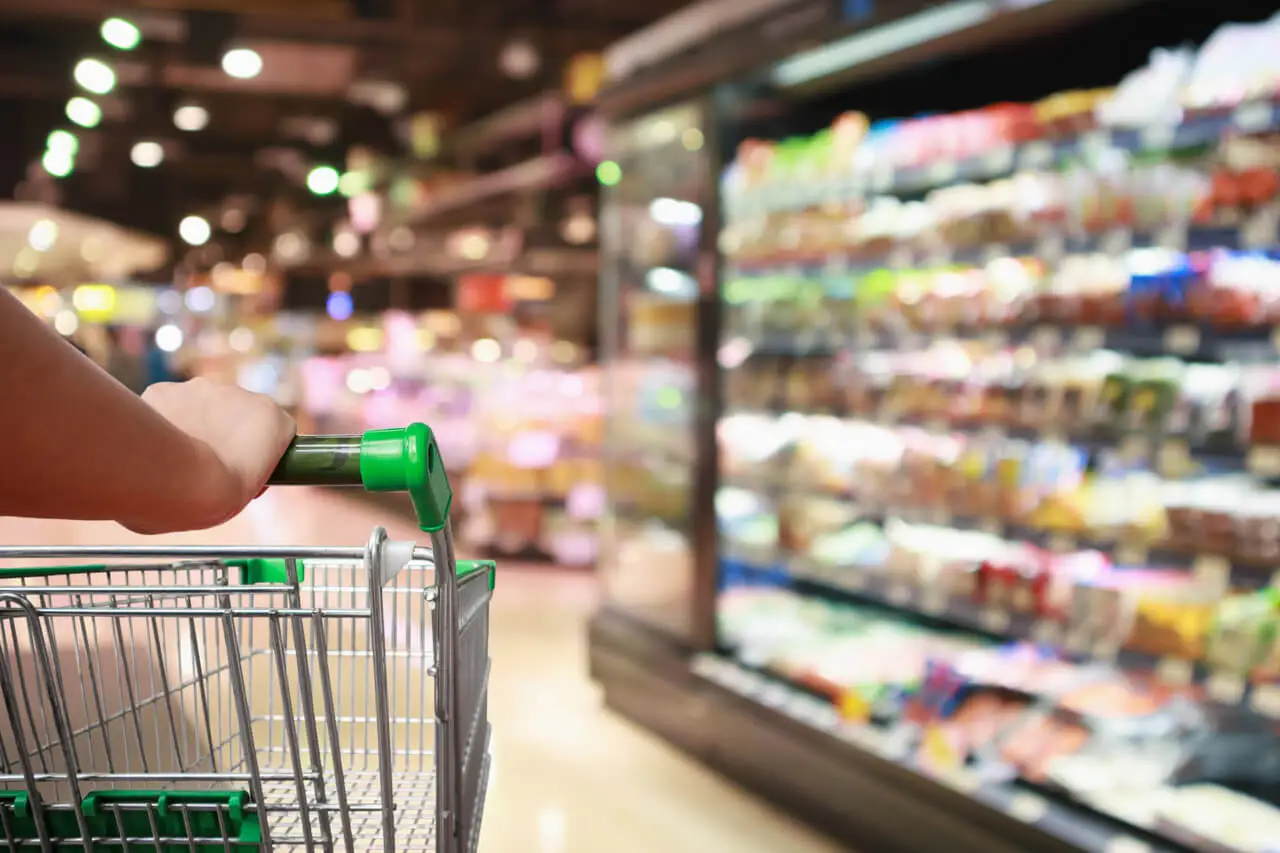Adopting Electronic Shelf Labels (ESL) means transforming your store for greater efficiency and accuracy. This transition to electronic pricing in-store offers major advantages: price automation, shelf optimization, and an improved in-store customer experience. But how can you install electronic shelf labels optimally and ensure a smooth, cost-effective deployment?
Why properly prepare your electronic shelf label deployment?
In-store preparation for electronic shelf labels is essential to ensure technical compatibility, reduce interruptions, and optimize installation costs. For a successful ESL deployment, meticulous planning is imperative, as it prevents operational problems, delays, and unexpected expenses.
Technical Prerequisites
Integration with your existing systems
Integrating electronic shelf labels requires a seamless connection with your Point of Sale (POS) system, ERP, or in-store price management software. Before installing electronic shelf labels in-store, you must check:
- Compatibility with your ERP or your PMS (Price Management System)
- Real-time price synchronization between your systems and the ESL solutions
- The ability to update the electronic price display remotely
Ensure that your product and price databases are up-to-date, reliable, and compatible with the ESL platform. An accurate database facilitates the implementation of dynamic price labels and avoids errors.
Adapted Network Infrastructure
The network infrastructure is the foundation of any smart in-store technology. To ensure fluid communication, electronic shelf labels require high-performance Wi-Fi or radio frequency network. The key points to validate are:
- Network Coverage: The signal must be strong in all areas of the store, including distant aisles and storage rooms.
- Sufficient Bandwidth: ESL solutions generate additional network traffic that your infrastructure must be able to support.
- Network Security: Protect your network against intrusions with firewalls and encryption protocols.
Practical Tip: Call upon a retail infrastructure expert to assess the robustness of your network and identify any necessary upgrades for electronic shelf label deployment.
Organizational Prerequisites
Shelf Audit and Layout Optimization
Not every shelf has the same needs. An initial audit allows you to determine the quantity of electronic shelf labels required and the most suitable formats (food, DIY, pharmacy, etc.).
Take advantage of the electronic shelf label deployment for shelf and stock optimization:
- Clean and reorganize shelves to facilitate the in-store installation of electronic shelf labels,
- Update the inventory comprehensively,
- Plan test zones: identify a pilot aisle to validate the solution before generalizing (1 to 2 weeks recommended).
Involvement and Training of In-Store Teams
The adoption of electronic shelf labels by your in-store teams is crucial for successful installation. It is essential that your employees understand the benefits of electronic shelf labels for stores and that they are trained in their use. To do this, organize training sessions that will allow you to:
- Explain the Functioning: how to read the labels, update them, and resolve common issues
- Train for Incident Management: designate key contacts capable of intervening for electronic shelf label maintenance
- Raise Awareness of Benefits: show how retail automation simplifies daily work (fewer manual changes, fewer errors)
Good to know: Practical, on-the-ground training facilitates adoption and optimizes productivity from launch.
Logistics Planning for Deployment
Establish a precise schedule to minimize the impact on business activity:
- Test period on a pilot aisle (1 to 2 weeks)
- Phased deployment by zones to avoid disruptions
- Installation during off-peak hours (early morning or evening)
Also, prepare all the necessary equipment: a sufficient quantity of electronic shelf labels, installation tools, and backup equipment (temporary paper labels in case of failure).
Strategic Prerequisites
Price Policy Consistency
The implementation of dynamic price labels reflects your prices and promotions in real-time. A clear and consistent strategy across your channels (in-store and online) guarantees a frictionless in-store customer experience. Ensure your in-store price management policy is coherent before deploying electronic shelf labels.
Long-Term Vision and Global Transformation
The investment in ESL solutions is part of the modernization of points of sale. It must align with your objectives: digitalization, sustainability, customer experience, or shelf and stock optimization. Think of electronic shelf labels as a building block in a broader retail automation project.
Succeeding in your Electronic Shelf Label Deployment
The success of electronic shelf label deployment relies primarily on meticulous in-store preparation. This includes a solid network infrastructure, reliable data, committed teams, and a clear strategy. By mastering the installation and adhering to these technical, organizational, and strategic prerequisites, you will maximize the benefits of electronic shelf labels for your business.
This modernization of points of sale offers many advantages: retail automation, a notable improvement in the customer experience, optimized price management, and the integration of smart store technology to serve your performance. A well-prepared deployment is a long-term profitable investment.
Have you prepared your store? Now discover how electronic shelf labels work.

